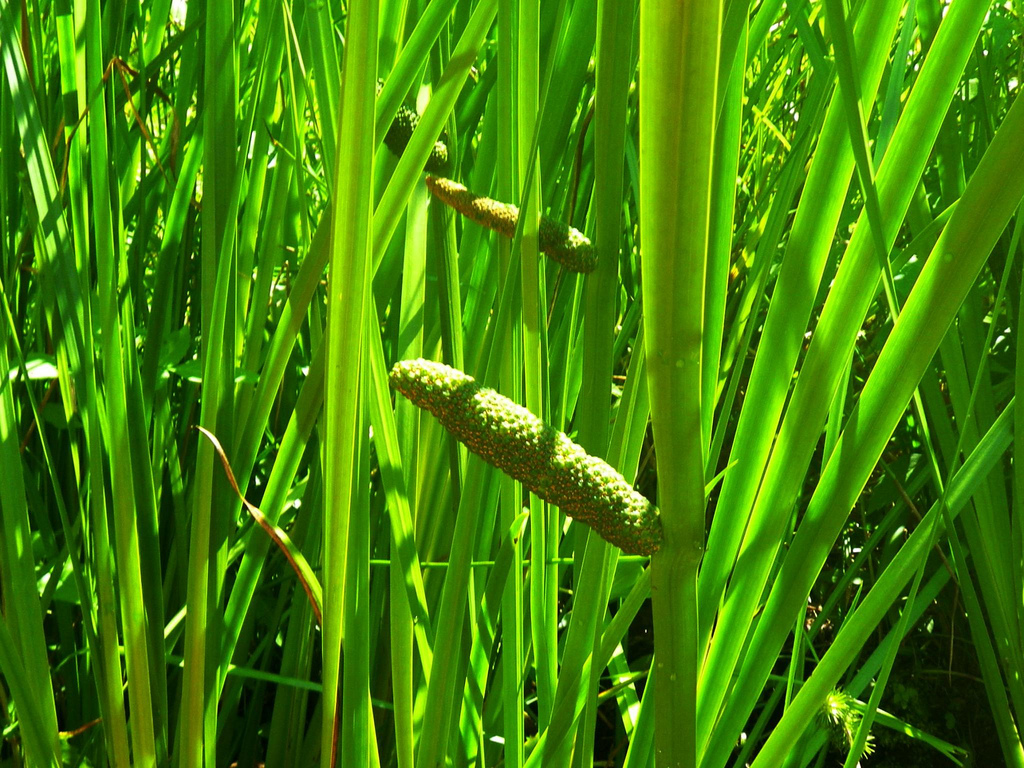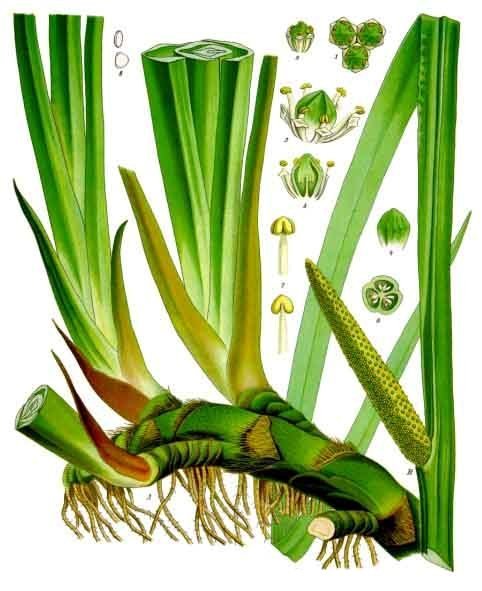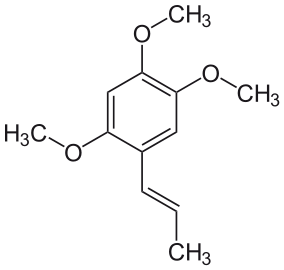My Psychedelic Plants #2 • Acorus Calamus •
Hello my Steemian friends and welcome back to my blog about psychoactive plants. First of all I do not grow any of this plants in my backyard or somewhere else and this blog is not an instruction to consume some of this plants, but only to inform. If you consume something for the first time please begin with a low dosage. It's better to take too little than too much. You can always use more next time because if you take too much, the result can be uncomfortable or even dangerous until the death.

In this episode I will present you Acorus calamus, also known as sweet flag or calamus.
History
In ancient times calamus was used as an aphrodisiac in Egypt and in Italy it's still called as a plant of Venus. Since the late Middle Ages in Europe sweet flag was well known as a medical plant. Also the North American Indians known calamus and noticed the hallucinogenic effects of this plant. But the oldest reference to Acorus Calamus is from China, a smaller species was mentioned in the Book of Songs 1000-50 B.C
Psychoactive Material
• Rhizome
• Calamus oil

Preparation and Dosage
The oil from Acorus Calamus is used as an aromatic additive to snuff tobacco and in alcoholic drinks. The minced rootstock can be drunk as a tea to treat powerlessness, tension, stomach and intestinal cramps and, also as a nerving and aphrodisiac. Loud some North American Indians, an amount of sweet flag similar to the size of a finger is enough to create psychoactive effects.
Ritual Use
In antique China, Acorus Calamus was obvious used in shamanism. It's said that a Taoist took wild sweet flag as an elixir, which made him to become not only immortal, but invisible as well. Snake charmers from India use the roots to charm cobras. Also many Indians believe of apotropaic effects from the root and consequently hang it in the house, the nightmares should then stay away. Even some evangelical churches burned sweet flag in the 50s as an incense during Easter
Medical Use
In the Ayurvedic medicine, Acorus Calamus is used to treat sleeplessness, epilepsy, memory loss, fever and neuroses. In Nepal there are use the root for colds and coughs and as a strengthener for the nerves. Also it can be often found in incense blend from Tibet that are burned to strengthen the nerves and to improve meditative concentration. The Indians use sweet flag as medicine for many purposes. The boiled root are used to treat bowel and stomach disease, digestive problems and cramps. Fresh pieces from the root are chewed to treat colds, sore throats, headaches and bronchitis. And the dried root can be used for a medical and ritual snuff.
** Ingredients**

The root of Acorus Calamus includes a high level of essential oil with β-asarone. The species from North America only contains little of β-asarone and plants from India include most of all β-asarone. It's reported that Indian plants produce psychedelic effects.
Effects
Laboratory experiments have validated the effects of asarone to the central nervous system as the inebriating part in the plant. The effect is based on asarone as precursor for TMA trimethylmethamphetamine. Apparently asarone have toxic and carcinogenic effects.
If you missed some episode:
Episode 1: Aconitum
See you next time!
Vladi
Upvoted on behalf of the dropAhead Curation Team!
The article will be Resteemed by @dropahead Curator - Witness account of the dropAhead curation team!
Watch out for the #xx-votesplus tag!
By doing the above you will give us more STEEM POWER (SP) to give YOU more earnings next time.
Keep up the good work!
Congratulations! This post has been upvoted from the communal account, @minnowsupport, by vladikras from the Minnow Support Project. It's a witness project run by aggroed, ausbitbank, teamsteem, theprophet0, someguy123, neoxian, followbtcnews/crimsonclad, and netuoso. The goal is to help Steemit grow by supporting Minnows and creating a social network. Please find us in the Peace, Abundance, and Liberty Network (PALnet) Discord Channel. It's a completely public and open space to all members of the Steemit community who voluntarily choose to be there.
This post has received a 1.56 % upvote from @drotto thanks to: @banjo.